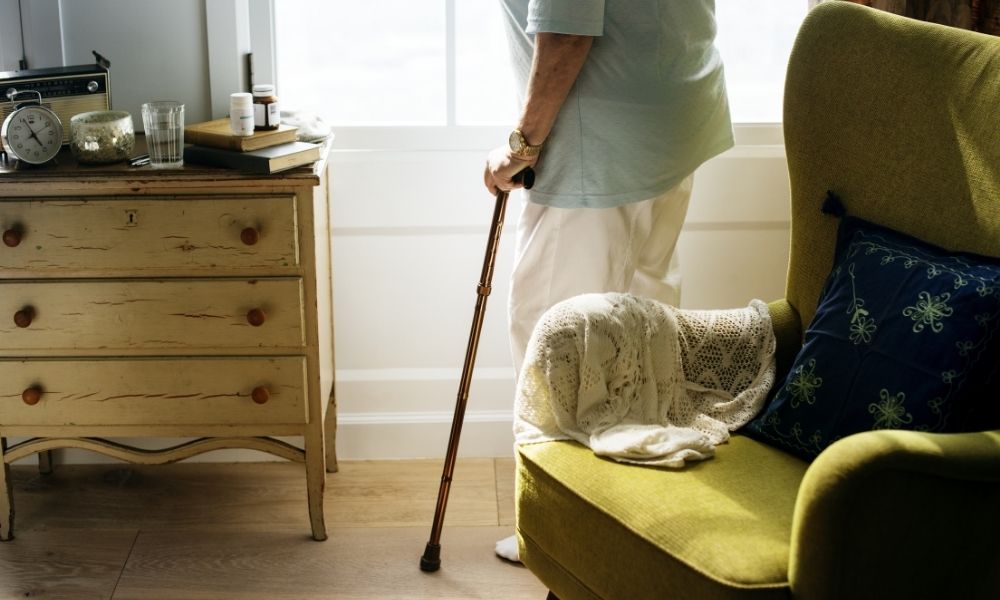Studies Agree to Disagree Whether Uber Decreases Impaired Driving

It seems like one day we blinked, and all of a sudden ridesharing services were everywhere. You simply download an app, connect and pay, and are on your way to your destination. The cars are usually more well-kempt than taxis and more convenient than public transportation. An added bonus is that the service is often more personal.
Services like Uber and Lyft take the stress out of driving and parking or having to know how to get where you’re going. So, it seems like a given that when you’ve had a little too much to drink and don’t have a designated driver, you’ll get home safe and sound using ridesharing.
Uber, for instance, actively promotes using its services as a means to reducing drunk driving. For the past several years, they’ve partnered with Mothers Against Drunk Driving (MADD) to raise drunk driving awareness and offer their services as a safe alternative.
Studies Show Mixed Results
In 2017, a study out of The Graduate Center, City University of New York (CUNY) reviewed crash data in four New York City boroughs. Since 2011, when Uber began to operate in the city, alcohol-related collisions and car accident injuries have gone down by 25 to 35 percent.
Jessica Lynn Peck, the doctoral candidate behind the study, suggests caution on the conclusions. According to her, “We need more evidence, but the trend seems to be pointing toward ridesharing reducing drunk driving incidents.”Others agreed and have taken up the challenge of sorting through the ridesharing claims.
Another study published in the American Journal of Epidemiology, authored by Noli Brazil and David S. Kirk, showed no correlation between the presence of Uber and the number of car crashes. The study reports the difficulty of inquiries like these because of the significant amount of variables involved.
Controlling for traffic enforcement, types of enforced driving laws like texting or mobile phone use, or even whether marijuana has been decriminalized locally can be difficult to standardize when examining over 100 metropolitan areas.
A more recent study, also published in the American Journal of Epidemiology, examined four cities in which Uber was introduced, suspended service for a period of time, then resumed operation again. In San Antonio, TX, and Portland, OR, significant drops in drunk driving accidents were observed: 40% and 62%, respectively.
Reno, NV, however, showed no statistically significant change. Results for Las Vegas, the fourth city, were inconclusive due to data unavailability.
More Studies on Ridesharing Needed
The authors of these studies universally agree that more research is needed to make credible conclusions. While Uber has been in the market since 2010, it has not been available everywhere for that long. Therefore, comparing locations and experiences needs careful analysis.
As the study by Brazil and Kirk demonstrates, a host of variables can have an effect on conclusions. Localized driving culture, city geography and ease of moving through it, and reliable and convenient public transport are some of the issues that might skew the data.
Still, the idea that ridesharing reduces drunk driving has a tantalizing appeal. Current results do seem to be trending in the direction that these services helps. Cynics might see such claims as exploiting a social fear for commercial benefit. While proving a lack of accidents is nearly impossible, raising awareness for alternatives to drunk driving is hardly a bad thing.





